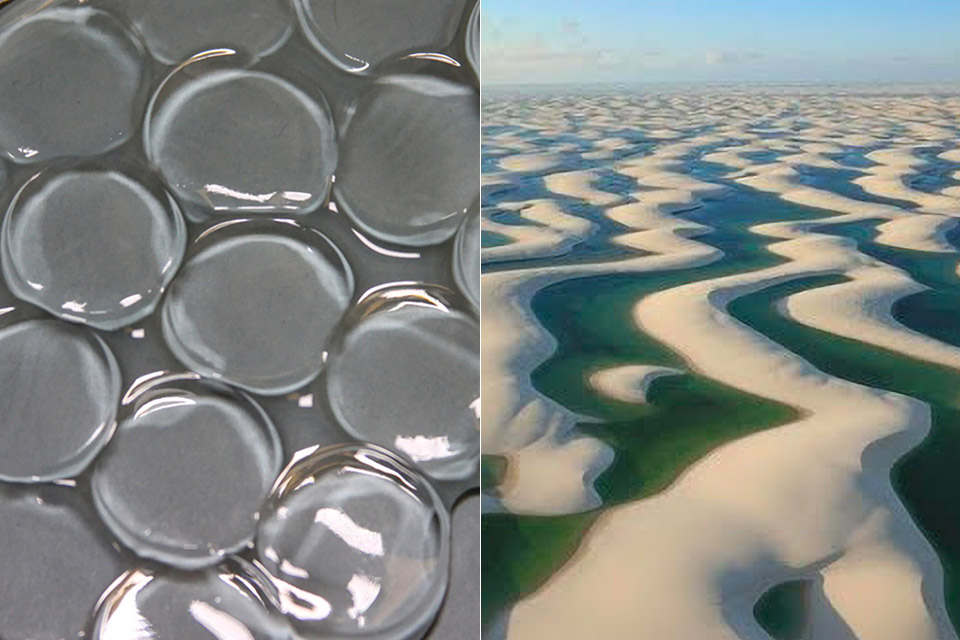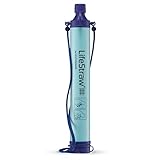
Many dream of visiting Saudi Arabia’s ‘The LINE’ skyscraper desert city, but for those who actually live in those arid areas, this salty hydrogel developed by MIT engineers could be a game changer. The transparent, superabsorbent material was infused with lithium chloride, thus enabling it to absorb and retain an record amount of moisture, across a range of humidity levels, including very dry conditions that have limited other material designs.

If this salt-loaded hydrogel can be made at a large scale, it could be used as a passive water harvester in the desert and other drought-prone regions. This material could then continuously absorb vapor and then condense it into drinking water. At 30% relative humidity, the gels captured a “record-breaking” 1.79 grams of water per gram of material. Another practical use would be fitting it onto air conditioning units as an energy-saving, dehumidifying element.
- Removes Bacteria & Parasites: The Microfiltration Membrane Removes 99.999999% of Waterborne Bacteria (Including E. Coli and Salmonella), and 99.999%...
- Removes Microplastics: Removes the Smallest Microplastics Found in the Environment (Down to 1 Micron), and Reduces Turbidity Down to 0.2 Microns -...
- Rigorous Testing: All Claims Are Verified with Laboratories Using Standard Testing Protocols Set by the US EPA, NSF, ASTM for Water Purifiers
We’ve been application-agnostic, in the sense that we mostly focus on the fundamental properties of the material. This material, because of its low cost and high performance, has so much potential. Any desert during the night would have that low relative humidity, so conceivably, this material could generate water in the desert,” said
.







